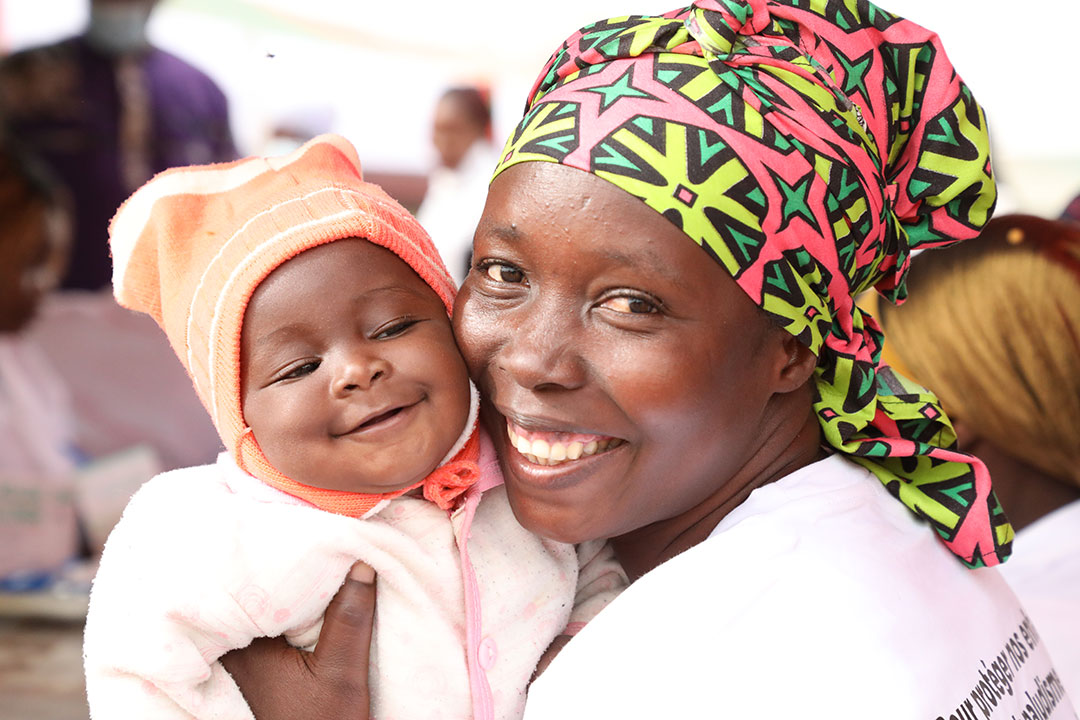Why we will always need vaccinations
Vaccination programmes have prevented millions of deaths worldwide, but their continued success relies on our continued participation.
- 10 November 2020
- 4 min read
- by Gavi Staff

Vaccines have changed the way we think about infectious diseases. In many parts of the world, diseases that were once responsible for millions of deaths a year are now considered a thing of the past. Smallpox has been eradicated, polio is on its way out, and there is a decline in a wide range of other vaccine-preventable diseases like measles, diphtheria and pertussis. It’s therefore easy to get complacent and assume that infectious diseases are no longer a problem, and that the time may come when we will no longer need vaccination.
A global infrastructure primed to rapidly develop new vaccines for novel threats is direly needed.
The reality, however, is that there are in fact only a handful of infectious diseases that can be eradicated; the rest can only at best be kept at bay. Because while some diseases like polio and measles only exist in humans, others like influenza and yellow fever do not, and have natural reservoirs in animals, insects or the environment.
What this means is that, with more than 100 million children being born each year, even if everyone on earth were vaccinated against these kinds of disease, they would eventually return unless each new generation were also protected. In other words, if we stop vaccinating, these kinds of disease will simply come back. What’s more, as the COVID-19 pandemic has demonstrated, it’s not just the known infectious diseases that we need to worry about. New pathogens are emerging all the time.
This places us in a perpetual arms race against nature, and one where the odds are not stacked in our favour. Since 1940, more than 300 new emerging infectious diseases have been identified, around 60% of which were zoonotic - originating in animals. In contrast, after more than two centuries of modern vaccinology there are still fewer than three dozen vaccine-preventable human diseases.
In theory, technological advances can help us gain an edge in this battle between science versus nature, but at the same time inexorable global trends are creating new and growing challenges that could make that an increasingly uphill battle. Climate change, population growth, urbanisation, human migration and antimicrobial resistance, all potentially increase the ease with which infectious diseases can spread.
With urbanisation, for example, more people are moving to cities and live near each other. Infectious diseases thrive when humans live in close proximity, especially where there is limited access to clean water, sanitation and healthcare. Where people live in urban poverty, new diseases can spread quicker.
Have you read?
Similarly, climate change is expected to expand the habitable range of many disease carrying insects, such as mosquitos. By 2050, Aedes aegypti, the species responsible for carrying yellow fever, dengue fever and zika virus, is expected to reach as far north as Canada and Northern Europe. Also, as climate shocks, such as extreme weather events, become more frequent, more vulnerable populations are expected to flock to the relative safety of cities, leading to more slums and larger urban areas.
Another important factor, which COVID-19 has helped cast the spotlight on, is the role that human encroachment on the environment plays in all this. The continued expansion into natural habitat, in the search for natural resources or land, increasingly risks bringing humans into contact with previously isolated populations of animals and insects. These can harbour pathogens that may not affect them, but have the potential to cross the species barrier to humans and cause disease. If they are also able to pass from human to human, outbreaks of novel diseases can occur, which is what happened with COVID-19.
This may all sound far-fetched and unlikely, but the nature of genetic mutations in pathogens makes this an evolutionary certainty. It’s not a question of if this can happen again, but when.
A global infrastructure primed to rapidly develop new vaccines for novel threats is direly needed. But in the meantime, one of our best defences to prevent these kinds of outbreaks turning into pandemics is the continued expansion of global vaccination programmes. Not only does this help keep existing infectious diseases at bay, but it provides the infrastructure for stronger and more expansive primary health care, which is the basis for improved disease surveillance. This is particularly needed in areas where vulnerable populations live, where the risk of outbreaks can be higher.
So not only will we always need vaccines – and strong national immunisation programmes, even for the diseases that appear to be in decline – but it also makes up arguably the most important part of our armour to protect the world against new threats to global health security.









